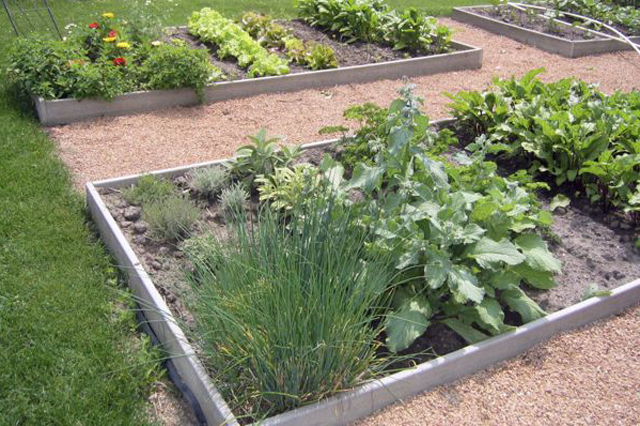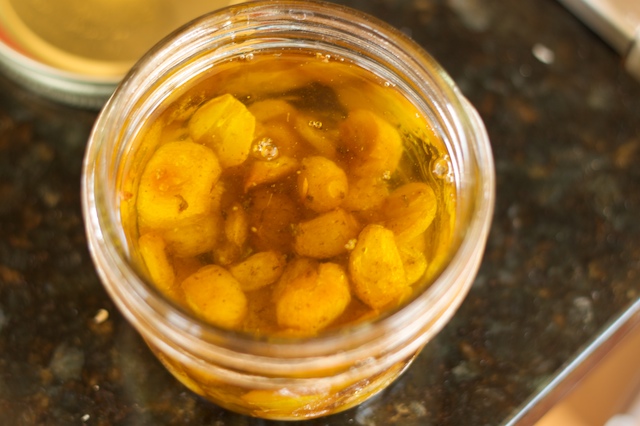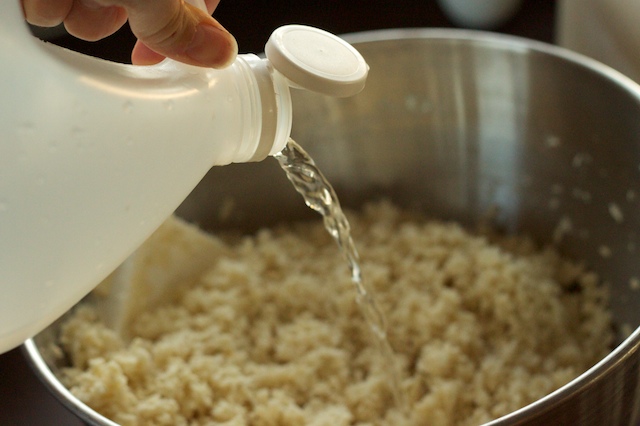 Wait! Before you rip those dead plants out of the garden and throw them into the compost/garbage (I seriously hope you aren’t throwing them in the garbage. I just had to tie it in with the title.), ask yourself if you can salvage anything.
Wait! Before you rip those dead plants out of the garden and throw them into the compost/garbage (I seriously hope you aren’t throwing them in the garbage. I just had to tie it in with the title.), ask yourself if you can salvage anything.
Seeds, baby.
In my case, cilantro seeds. All over the internet, in books, in conversations, I hear this: “I just don’t have any luck growing cilantro.” Well, I have the solution.
1) plant some like you normally would, in an area that you won’t care about it going to seed.
2) curse when it bolts and goes to seed way, WAY earlier than you wanted it to.
3) leave it there
4) let it get old and dried out, occasionally running your hands through it and shaking the plants to get some of the seeds to fall to the ground.
5) rip it out and put it someplace dark and dry. Or in my case, stuff it in a bucket and leave it outside for about a month, let it get rained on and throw it into the compost. Then start all over. Actually, don’t do what I do. Do what I say. Same as parenting.
6) save the seeds. You’ll have a lot. Cook with them like I did here (as coriander). And save the rest for planting next year.
6a) Sort the seeds. I use various sized strainers with differs holes and mesh sizes:
7) in the spring, let the cilantro grow from the volunteer seeds that fell on the ground in the area it was planted the year before. Or, in my case, all around the bench where I inadvertently left it and the compost, where I ultimate threw it.
8 ) amend the volunteers in more orderly rows with the seeds you saved a few weeks after the first volunteers emerge.
9) cilantro doesn’t seem to suffer much, if at all, from pests or virus/wilts and therefore can stay in the same spot for many years. If you lighten up a bit, give up the idea of perfect rows and let nature take its course, you should have cilantro all year long. Sometimes in high summer, I will plant a few additional short rows in dappled shade to make sure I’ve got some in August, which is a tough month for cilantro.
10) let it go to seed, let it go to seed, let it go to seed. Even if you decide not to save the seeds. Walk by and rattled the dried plants. Let the seeds fall to the ground. And you will never have a problem growing cilantro again. You will have this constant cycle of new plants growing amidst the old.
This also works for arugula. In fact, I have arugula EVERYWHERE: in the driveway, in the chicken yard, in the prairie, and in the garden.
I wouldn’t have it any other way.
(That was a good way to end, but I want to mention one more thing, because I tried this and it seems to work quite well. Everyone says you can’t preserve fresh cilantro. And I agree, for the most part. It isn’t good frozen or dried. People do it, but it just doesn’t taste the same. I tried turning it into cilantro butter and storing it in the freezer, though it will keep in the fridge for a couple weeks and tastes a bit better. It is really good. It doesn’t seem to suffer the same fate as when you try to freeze it by itself. Give it a try!)
I would be remiss not to mention that it also works for chives and various other weeds.






























































